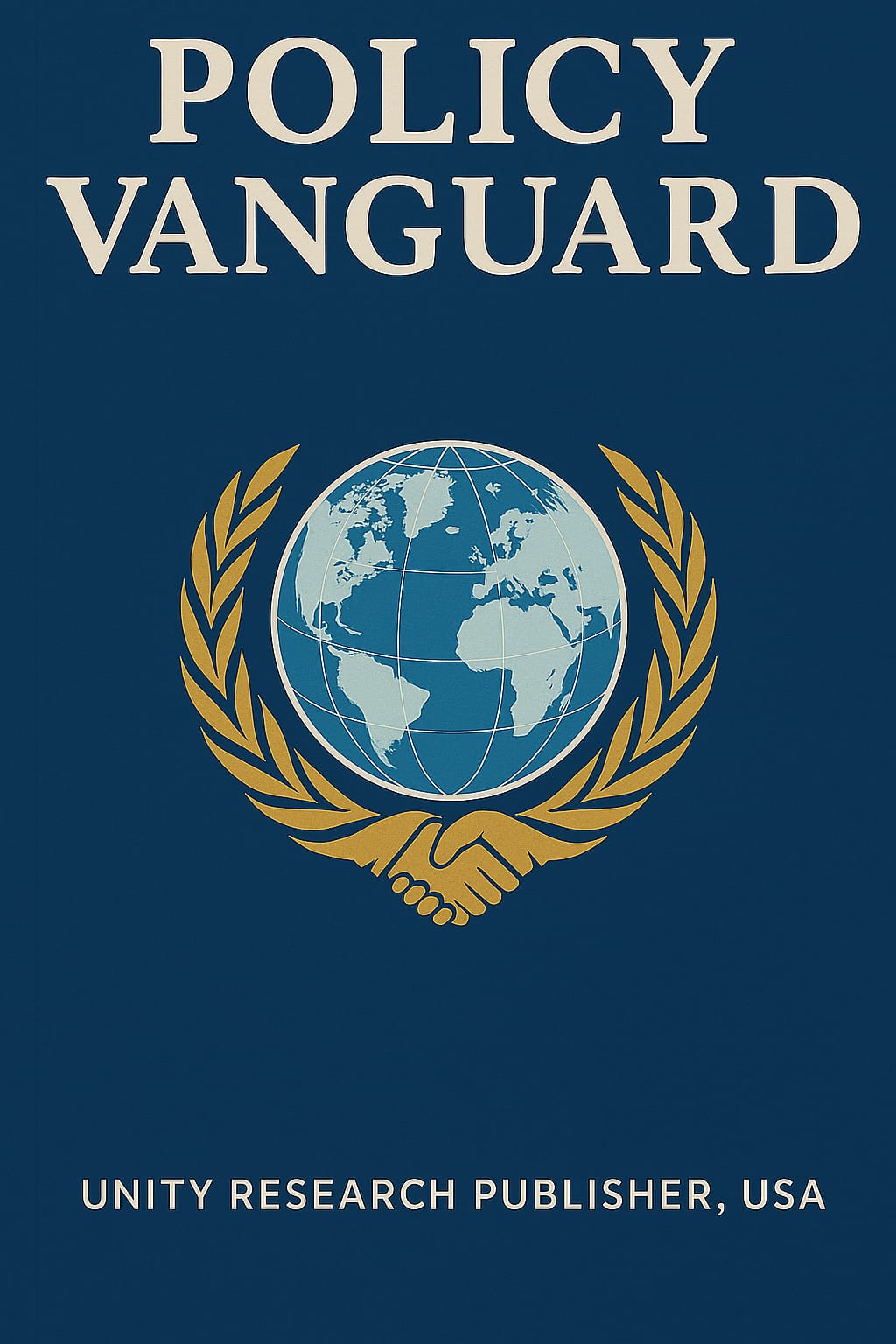Soft Power Insurgency And The Baloch Militancy Nexus: State Responses To The Digital And Institutional Influence Of BRAS-Linked Activism
Keywords:
National Integrity, Propaganda, Soft Power Insurgency, Baloch Militancy Nexus, BRASAbstract
The paper examines the emergence of digital and institutional propaganda by rebel organisations affiliated with the Balochistan Liberation Army (BLA) and the Baloch Republican Army (BRA), as well as their combined platform, the Baloch Raji Ajoi Sangar (BRAS). It examines how such groups crucify stories of ethnic exploitation, disappearance of individuals and human rights abuse on Twitter (X), Telegram, and international human rights discourses. Specifically, it considers the Baloch Yakjehti Committee (BYC) and other public personalities, such as Dr. Mahrang Baloch, within a broader ideological framework associated with BRAS. The study employs qualitative secondary analysis of virtual content, media statements, and incidents to determine the security ramifications and social consequences of using this type of power insurgency. It also examines Pakistan's responses in digital knowledge, legislative changes, storytelling, youth participation, and global collaboration to protect national integrity
Downloads
Published
Issue
Section
License
Copyright (c) 2025 Nur Syazana Saharizan (Author)

This work is licensed under a Creative Commons Attribution 4.0 International License.
Authors retain the copyright to their work and grant Policy Vanguard the right of first publication under the terms of the Creative Commons Attribution 4.0 International (CC BY 4.0) license. This license permits unrestricted use, distribution, adaptation, and reproduction in any medium, including for commercial purposes, provided that appropriate credit is given to the original authors and the journal.
By submitting a manuscript to Policy Vanguard, authors affirm that the work is original, has not been previously published (except in the form of an abstract, lecture, or academic thesis), is not under consideration elsewhere, and has received approval from all contributing authors and relevant institutional authorities. Upon acceptance, the article will be made openly accessible under the CC BY 4.0 license, supporting broad dissemination and reuse with proper attribution.





